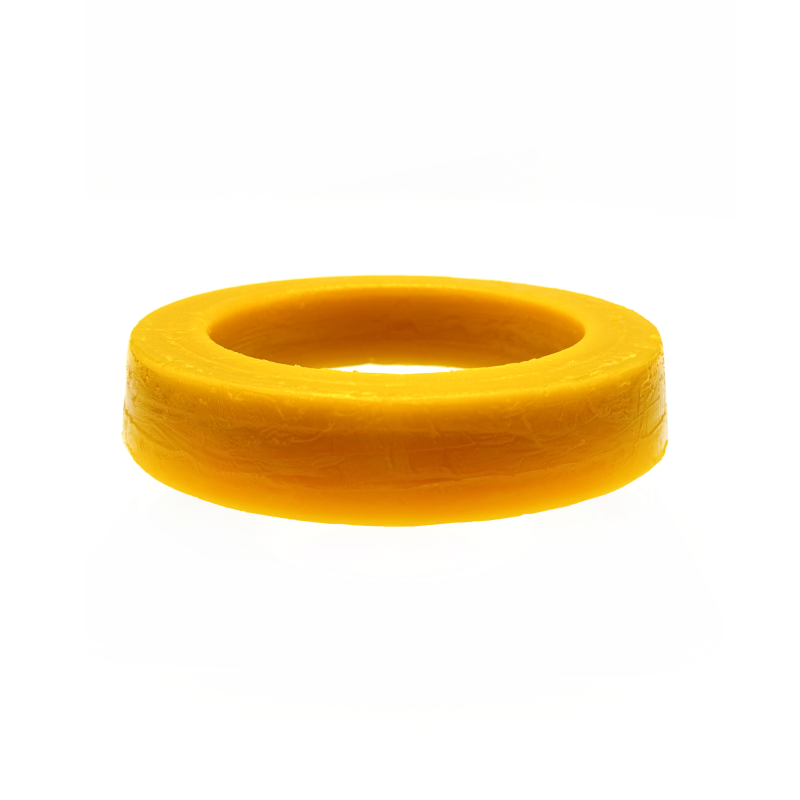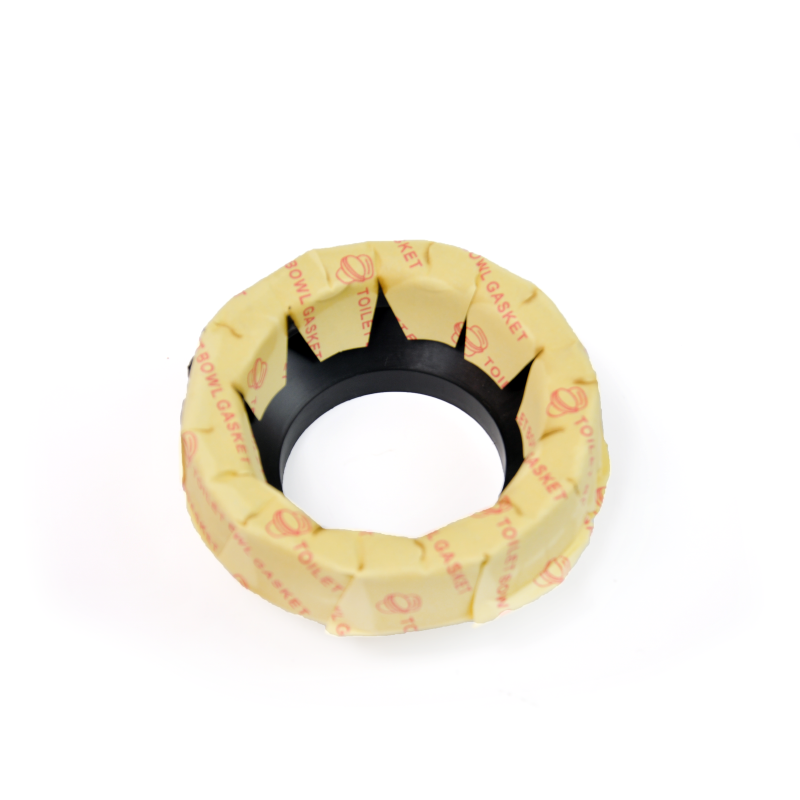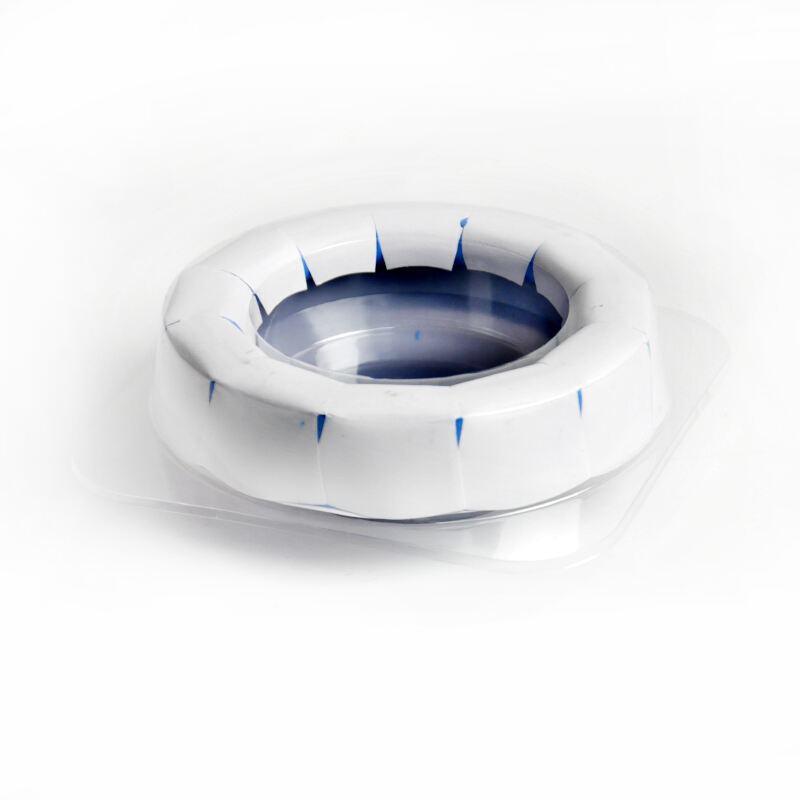An odorproof toilet seal is a specialized plumbing component designed to create an impenetrable barrier against sewer gas emissions and unpleasant odors, in addition to preventing water leaks between the toilet bowl and floor flange. Unlike standard seals that focus primarily on water tightness, odorproof designs incorporate advanced materials and structural features specifically engineered to block the passage of gases, ensuring a fresh and hygienic bathroom environment. These seals are particularly valuable in bathrooms with poor ventilation, basement toilets, or commercial settings where odor control is essential for user comfort. Constructed from dense, gas impermeable materials such as specially formulated rubber, silicone, or composite polymers, odorproof toilet seals utilize materials with tight molecular structures that prevent the diffusion of sewer gases, which contain hydrogen sulfide and other odor causing compounds. Many incorporate multi layered designs with gas impermeable barriers, such as aluminum foil or specialized films, laminated between layers of sealing material to create a redundant defense against odors. The sealing surfaces are often textured or treated with hydrophobic coatings that enhance adhesion to both the toilet base and flange, eliminating micro gaps where gases could escape. The design of an odorproof toilet seal typically includes a deep central sleeve that extends into the drain pipe, creating a long gas tight pathway that prevents gases from bypassing the seal. The outer perimeter features a wide, compressible flange that forms a complete seal around the floor flange, blocking gas migration at the base of the toilet. Some models include a pressure activated sealing mechanism that tightens when exposed to gas pressure, further enhancing odor protection. Installation follows similar procedures to standard seals but with a focus on ensuring complete contact between the seal and both surfaces. The seal is positioned to cover the entire flange opening, and the toilet is lowered to compress the material uniformly, activating the odor blocking properties. Unlike wax rings, which can develop small cracks over time that allow gas escape, odorproof seals maintain their integrity, with materials that resist degradation from moisture and chemicals. In addition to blocking odors, these seals provide effective water leak protection, combining both functions in a single component. They are compatible with standard toilet models and flange configurations, making them suitable for retrofits and new installations alike. In commercial applications such as restaurants, hospitals, and public restrooms, odorproof toilet seals are essential for maintaining a positive user experience and meeting hygiene standards. While they may have a higher initial cost than basic seals, their ability to prevent persistent odors reduces the need for frequent maintenance and air fresheners, making them a cost effective solution over time. By prioritizing gas tightness alongside water resistance, odorproof toilet seals ensure healthier, more pleasant bathroom environments for both residential and commercial users.




